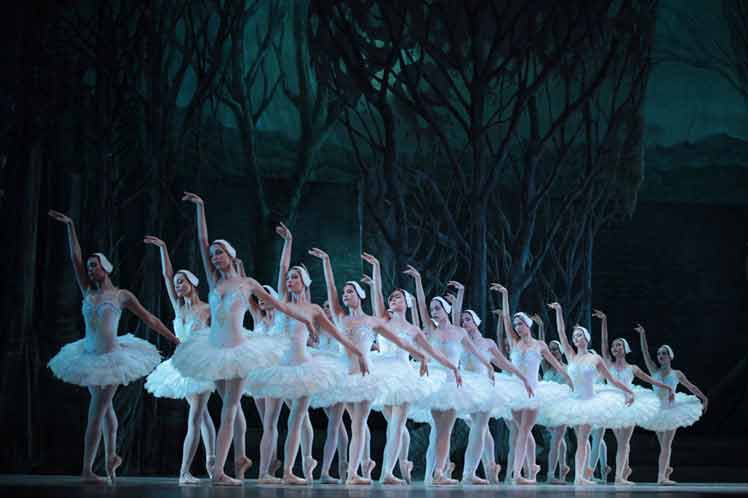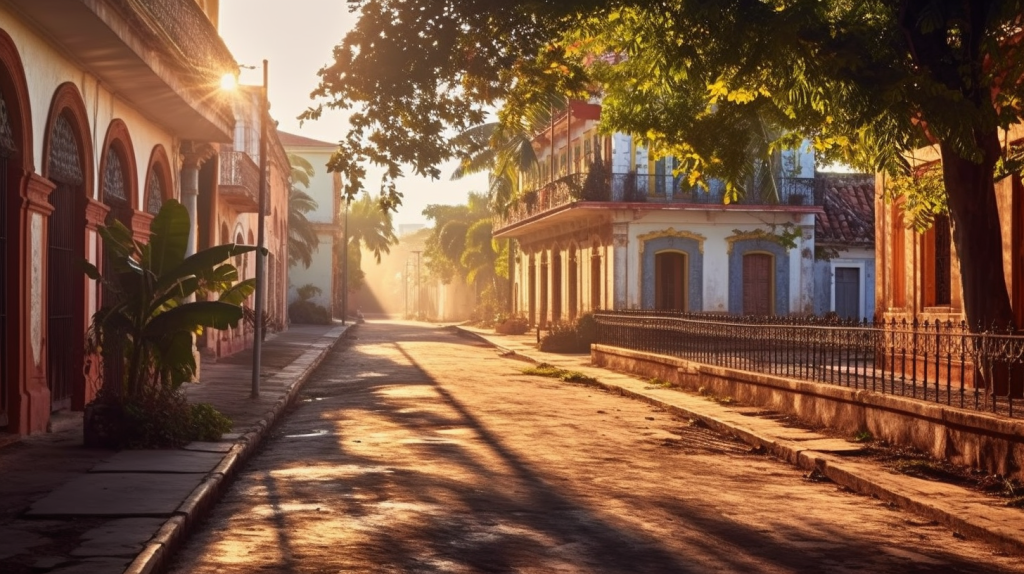A big dream come true: the creation of a classical ballet company on a small Caribbean island is celebrated every year on October 28th.
The calendar travels backwards, it stops on this day of the tenth month of the year 1948… and the memory emerges: Alicia, Fernando and Alberto Alonso, the trilogy of the convinced creators. It is easy to sense the tension, the expectation, the anxiety, the efforts and the longing of those men and women. Some Cuban dancers, the students at the Pro Musical Art Society Ballet School, and even some members of the New York Ballet Theater. They were the founders of the first Cuban professional ballet company.
A yearning, a dream, a feat that encountered numerous obstacles over the 1940’s and 1950’s. A great number of pages speaking of Alicia and her company’s fighting spirit and determination were written by the dancers during those initial times, when one idea was beating on the horizon: to develop a wide dance movement on the Island, to bring to the people an art owned by the elite and turn it into something genuinely popular and Cuban. In theaters, in stadiums, in squares… the National Ballet of Cuba (at that time, Alicia Alonso Ballet) did its best regardless of the impediments of the government in power. With the popular performances, they were sowing the classical and romantic balletic tradition, and adding a grain of sand to a contemporary choreographic movement where the Cuban and Latin-American roots nested. The creation of the Alicia Alonso Academy, in 1950, opened the door to the formation of the first generations of Cuban dancers within the technical, aesthetical and ethical principles of the Cuban school of ballet; a school created thanks to the Alonso’s great professional experience.
After 1959, the ballet received the material and spiritual support necessary to achieve its historical goals. Thus emerged a school in which “move” not only the dancers’ unique style, but also the taste of the choreographers, the teachers’ preferences, the designers and musicians’ sensibility…, the entire design of the scenic result. The Cuban school of ballet has been inspired by the acclaimed Alicia Alonso. It was born on the basis of the secular tradition of the classical dance -with its rich evolution from the Renaissance to the avant-garde of the 20th century-. This school (the youngest of those created during these three centuries of dance) has elaborated a peculiar scenic manifestation, tinged of the Hispanic and African cultures that nourish the Caribbean roots. The classics of the international repertoire, neoclassical creations, contemporary works of important contemporary choreographers (Cuban and foreign) integrate the vast repertoire of the Cuban company.
The dream of Alicia and the founders of the National Ballet of Cuba became a reality: the need to bring the ballet to the very people that nourishes and upholds it, and the duty of making this art massive. The Cuban company has left its mark of Cuban identity all over the world; countries from Europe, Asia, America, the Caribbean and Africa have admired its multi-faceted dance work. Several of its dancers have performed with international companies, and have won numerous medals on various prestigious contests. Everywhere they go, the Maîtres and professors make their mark every day on the world of dance. As part of the artistic process, the International Ballet Festival of Havana was created in 1960; every two years, it brings to this country the best of the dance art.
Seventy one years… days, hours, seconds dedicated to a common achievement. The National Ballet of Cuba has earned universal recognition, which places it among the world’s best companies nowadays. The strength and genius of Alicia, Fernando and Alberto flow through its veins. The legacy of the creators is defended by the first figures, the teachers, the designers, the Maîtres… and those young dancers that grow up in the National Ballet of Cuba. They keep the fire burning; they will take over a beautiful idea that became corporeal. Another feat of Cuban identity.





